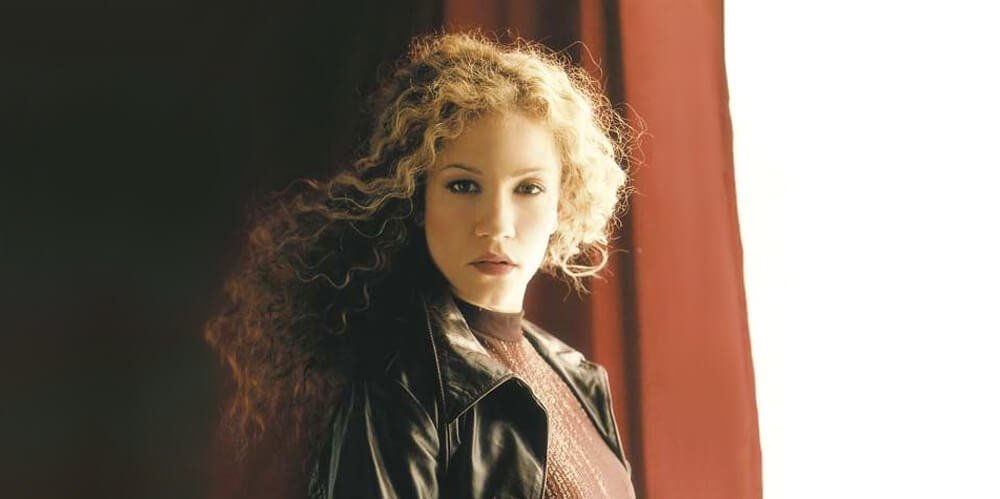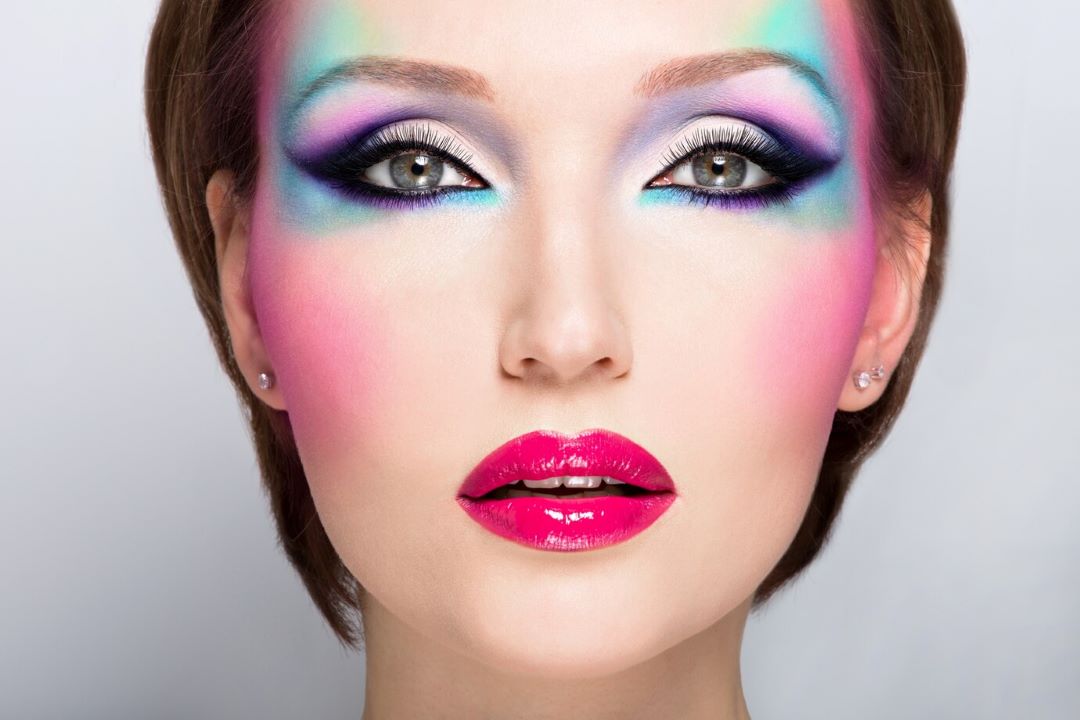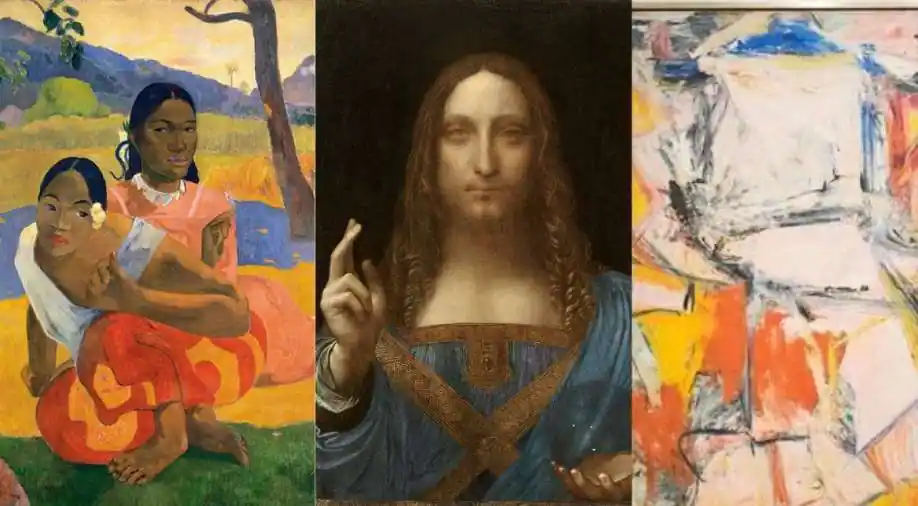Do you ever find yourself thinking, “Wouldn’t it be nice to time travel,” only to be reminded of the fact that medicine and technology hadn’t evolved, and women’s rights were nonexistent? Suddenly, the allure for the simple life is no longer all that it’s chalked up to be.
Despite the drawbacks, which I suppose every era has, people of the past achieved remarkable milestones and created inventions that were far ahead of their time, which explains why history continues to captivate us. Our bewilderment for how these people lived their lives is the reason we frequent museums, find ourselves fascinated with thrifted vintage goods, and pursue careers in anthropology and archeology.
That’s why we’re inviting you to step into our time machine, so we can teleport back in time and reminisce on the most luxurious aspects of the past, spanning each era throughout history.
Ancient Egypt – Rituals For The Afterlife:
For Ancient Egyptians, burials and funerals were of high importance. They believed that proper burial rituals were the only entrance into the afterlife; however, these burials, including traditions such as mummification, were expensive.
Only the rich had the luxury of following proper procedures, while the poor had to use their own old tattered linens to wrap the body and weren’t able to afford proper cleansing of the body before it was put in the sarcophagus.
All Egyptians viewed jewelry as a symbol of attraction to the Gods, but only the wealthy had the luxury of wearing jewelry made from gold and silver. The rest wore jewelry made from beads.
Middle Ages – Eating Like Kings:
The Medieval times are known for feasting and going to battle. Noble families ate elaborate meals prepared with spices such as cinnamon, cloves, pepper, and nutmeg. At the time, transporting these spices all the way from India made them a luxury that only the richest could afford. But it wasn’t just spices that were luxury goods, whether it was silver pitchers for wine, or gold trays and flasks. Almost everything found on a dining table in European courts was a luxury.
Precious stones were added to jewelry, weaponry, and clothing. Worthy individuals wore clothing from silk or fine woollens. Additionally, detailed embroideries and tapestries took time to create and were considered a luxury good to be hung up in castles.
Ancient Greece – Living like Gods and Goddesses
In Ancient Greece, elites drank from silver vessels, used silver utensils, and owned jewellery and gold-coated pots or gilded objects.
Renaissance Period – The Rebirth of Aristocracy:
From the 14th to the 17th century, the renaissance was considered a “rebirth” for European culture, philosophy, literature, and art. In this period, luxury meant stone vases with gold, engraved gems, ivories, antique bronzes and marbles, elegant vessels to drink from, and high-quality paintings and sculptures.
Victorian Era – The More Extravagance, the Merrier!
From 1837-1901, Queen Victoria ruled the United Kingdom of Great Britain and Ireland. Homes built during this period are known as Victorian. Victorian houses were adorned with extravagant mouldings, gables, gingerbread trim, colourful facades, stained glass, wrap-around porches, turrets, bay windows, iron finials, and much more. The more intricate and ornate a home, and the higher the level of craftsmanship, the wealthier and more prestigious the family who owned it appeared.
Roaring Twenties – A Little Party Never Hurt Nobody:
The 1920’s were a time of prosperity. The First World War had just ended, and the Great Depression hadn’t begun to take its toll just yet. With the assembly line technique expanding mass production, the decade became known for its economic prosperity.
With 63 per cent of homes having access to electricity, appliances such as freezers, washing machines, and radios were considered luxury items! In this decade, which is sometimes referred to as the Jazz Age, pianos and parties were for the socialites. The cinema was a hobby for the wealthy. Although the assembly line made cars more affordable, unless families had a line of credit, Ford Model T’s were still considered a luxury.
Fashion was disrupting the world, and soon enough, the flapper dress was born. Brands such as Coco Chanel and Couture were for the upper class – although not surprising, since not much has changed today. Pearls represented sophistication, and Art Deco became a trending design in the 1920s and 30s.
Luxury In the Modern World – Old Money
Eventually, luxury became associated with Ralph Lauren, golf courses, private jets, big houses, and sophisticated activities like going to the ballet or opera. Today, designer brands such as Dolce & Gabbana, Dior, and Louis Vuitton are symbols of status and wealth. Luxury is often associated with driving an expensive car such as a Porsche, Maserati, or Tesla. To others, investing in real estate is a form of luxury, whether it be owning a summer home or renting out multiple properties. Fine dining and resort vacations continue to be seen as a luxury.
As it turns out, while the luxury item might depend on the era, the principle does not. Humans crave over-indulgence. It seems status is innate, and we will continue to place emphasis on materialistic items if they are associated with prestige or class. Which begs the question, what luxurious items do you think we will indulge in next?
Jackie Marson | Contributing Writer










